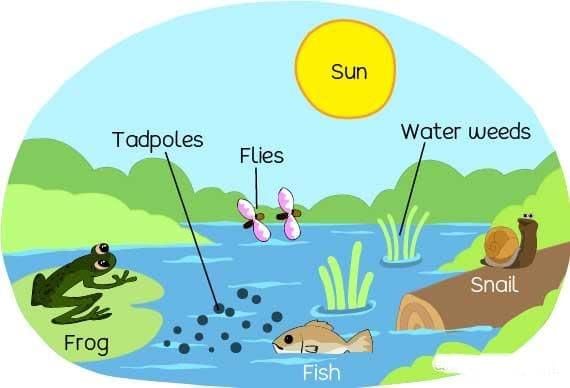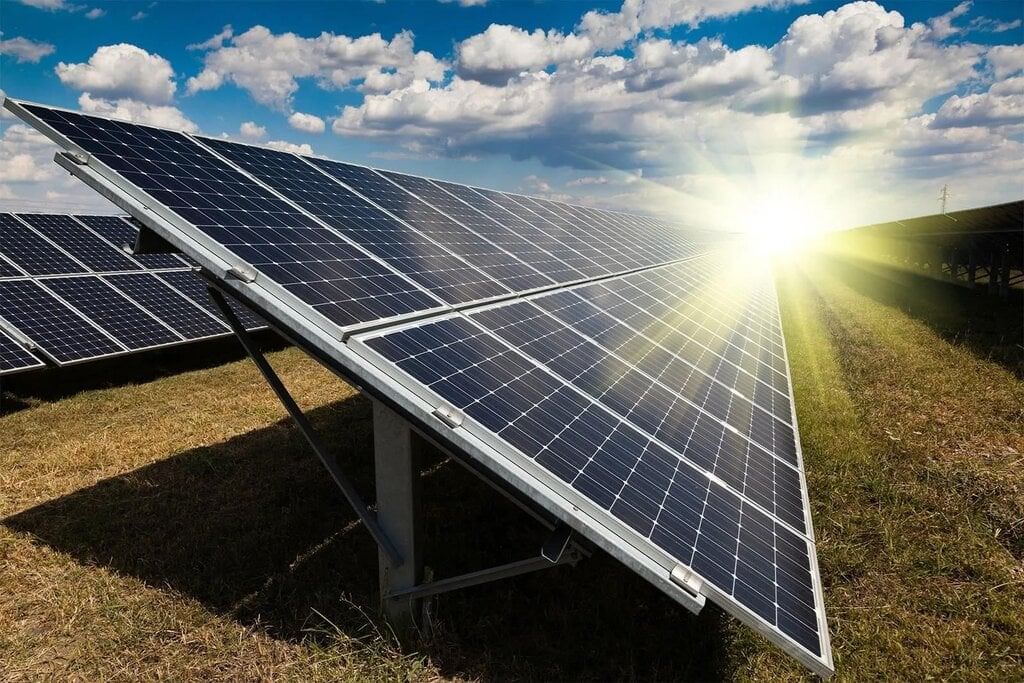Unit Test: Natural Resources and Their Use | Social Science Class 8 - New NCERT PDF Download
Time: 1 Hour
M.M.: 30
Attempt all questions.
Question numbers 1 to 4 carry 1 mark each.
Question numbers 5 and 6 carry 2 marks each.
Question numbers 7 to 10 carry 3 marks each.
Question numbers 11 and 12 carry 5 marks each.
Q1. What are natural resources?
(a) Man-made materials
(b) Materials found in nature useful to humans
(c) Plastic products
(d) Manufactured goods
Q2. Two examples of renewable resources are ____________ and ____________.
Q3. Coal and petroleum are renewable resources. True or False?
Q4. What is meant by “exploitation” of natural resources?
(a) Protecting natural resources
(b) Using and consuming natural resources
(c) Making more natural resources
(d) Ignoring natural resources
Q5. Explain why technological accessibility and economic feasibility are important conditions for a natural element to become a resource.
Q6. What are ecosystem services? Give one example.
 Ecosystem
Ecosystem
Q7. Describe the differences between renewable and non-renewable resources with two examples each.
Q8. How do human activities like industrialization and deforestation affect natural cycles and climate?
Q9. Explain how traditional practices help in sustainable soil management.
Q10. What is the Natural Resource Curse? Explain how India manages to avoid this issue.
Q11. Discuss the importance of the International Solar Alliance (ISA) and India's role in promoting renewable energy globally. Solar Panels
Solar Panels
Q12. Categorize natural resources based on their use, giving examples of essential, material, and energy resources, and describe why each category is important.
Find Solutions for the Unit Test- Here
|
31 videos|128 docs|7 tests
|
FAQs on Unit Test: Natural Resources and Their Use - Social Science Class 8 - New NCERT
| 1. What are natural resources and why are they important for human survival? |  |
| 2. How do human activities impact natural resources? |  |
| 3. What are the different types of renewable and non-renewable resources? |  |
| 4. What measures can be taken to conserve natural resources? |  |
| 5. What role do governments play in the management of natural resources? |  |





















